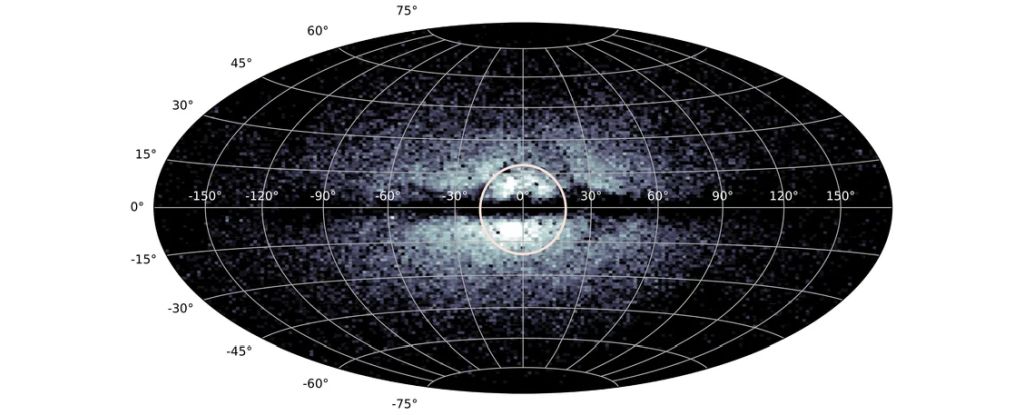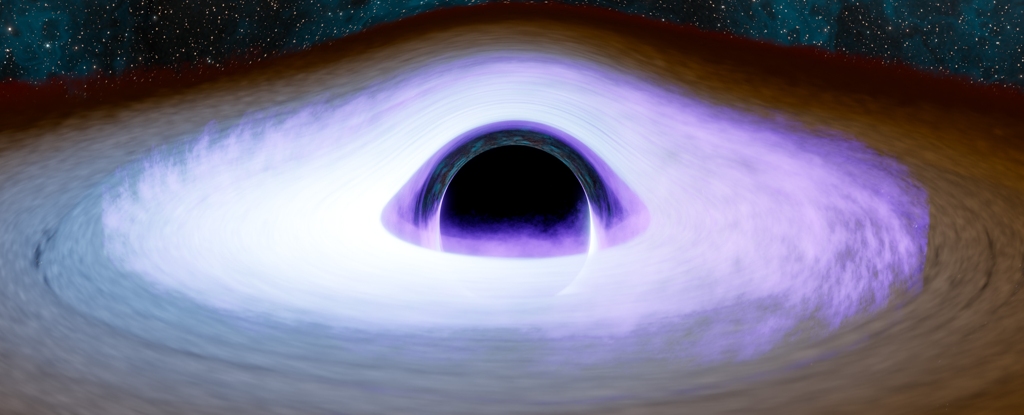A few stars scattered in the center of the Milky Way are the remnants of the old galactic core when our galaxy was new.
Using measurements from the most accurate three-dimensional map of the galaxy ever compiled and a neural network to study the chemical composition of over 2 million stars, a team of astronomers has identified 18,000 stars from our galaxy’s infancy, when it was not yet ready was a compact collection of proto-galaxies come together to dream of bigger things.
Evidence of this stellar population was identified in previous studies.
“But our results”, write a team led by the astronomer Hans-Walter Rix from the Max Planck Institute for Astronomy “substantially complement the existing picture by showing that there is indeed a tightly bound ‘iceberg’ in situ, the tips of which were previously identified.”
The 13-billion-year history of the Milky Way is one giant, delicious jigsaw puzzle to be reconstructed from the galaxy’s state today.
Populations of stars can be linked based on shared characteristics such as their motions and their chemical composition, a property known as metallicity. That’s where ESA’s Gaia Space observatory comes in.
The satellite has been up there for years, sharing Earth’s orbit around the Sun, carefully tracking the stars and taking measurements of their three-dimensional positions and movements within the galaxy.
In addition, Gaia is taking measurements that allow estimates of the metallicity of the stars.
Metallicity can bind stars together because stars of similar composition could have been born at the same time in the same place. But it can also tell us roughly how old a star is because certain elements simply weren’t present in the universe until there were stars to make them.
Shortly after Big Bang 13.8 billion years ago there wasn’t much elemental diversity.
The primordial universe was mostly hydrogen, with a little helium and not much else. As the first stars formed from clumps in this medium, their hot, dense cores began banging atoms together to form heavier elements: hydrogen to helium, helium to carbon, and so on, down to iron for the most massive stars.
Once stars reach the limit of their ability to fuse atomic nuclei, they die, often in a process like a supernova spraying the products of their fusion into space.
Energetic supernovae explosions too produce heavier metals, such as gold, silver and uranium. Baby stars then absorb these elements as they form.
The later in the universe a star forms, the more metals it is likely to contain. Higher metallicity therefore means a younger star; and “metal-poor” stars are considered older. But not all stellar orbits are the same, as they revolve around the galactic center.
If you find a group of stars with a similar metal content in a similar orbit, it is reasonable to conclude that this group of stars is a population that has been together for a very long time, perhaps since its formation.
Rix and his colleagues used Gaia data to study red giant stars within a few thousand light-years of the Milky Way. They identified 2 million stars whose light was analyzed by a neural network capable of locating metalities.
And they found a population of stars of similar ages, abundances, and orbits, suggesting they existed before the Milky Way became star-filled and bloated by collisions with other galaxiesbeginning about 11 billion years ago.
We know the oldest stars in the Milky Way before the first major collisionwith a galaxy called Gaia-Enceladus, but this population at the galactic center appears to be a coherent population of them.
Rix has dubbed them the “poor old heart” of the Milky Way because they are metal poor, very old, and found in the heart of the galaxy. The population, the researchers say, are the remnants of proto-galaxies.
These clusters of stars that formed in the early Universe were not full-fledged galaxies but their seeds. In the infancy of the Milky Way, three or four of these seeds clumped together to form the nucleus of what would become our home galaxy.
The poor old heart stars were not born in these protogalaxies, but are the generation of stars that formed when the protogalaxy stars died. The researchers discovered that they are more than 12.5 billion years old.
The fascinating discovery raises many questionsthat the researchers hope to study.
What is the spatial distribution of these stars? Do they have any particular abundance ratios that might tell us more about the Milky Way’s early conditions? What can their distribution tell us about the Collision History of the Milky Way?
And, perhaps most urgently, can they lead us to those stars – smaller, dimmer, and harder to find – that may have been in the first protogalaxies when they came together in the earliest stages of formation of the Milky Way?
It may be metal-poor and ancient, but the Milky Way’s ancient heart could end up being extremely rich in answers to our galactic history.
The research was published in The Astrophysical Journal.





